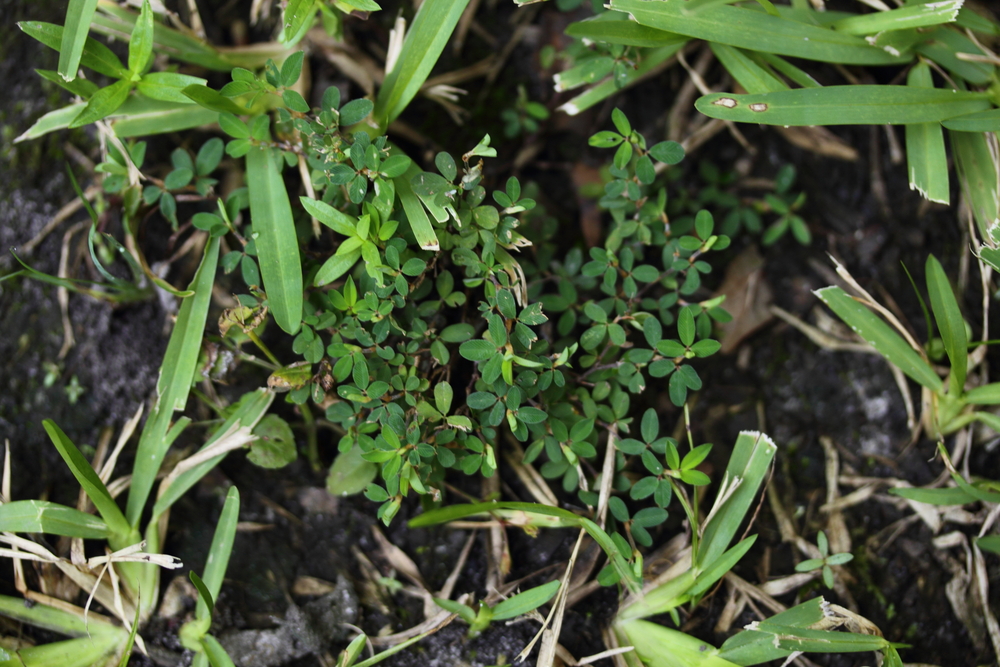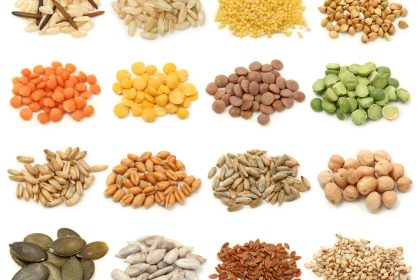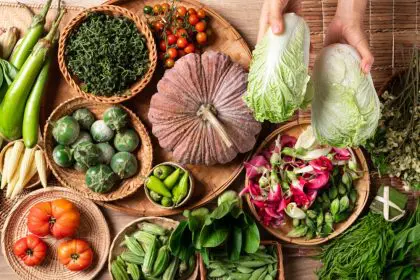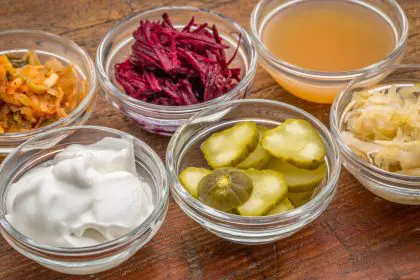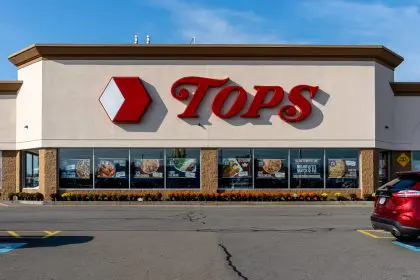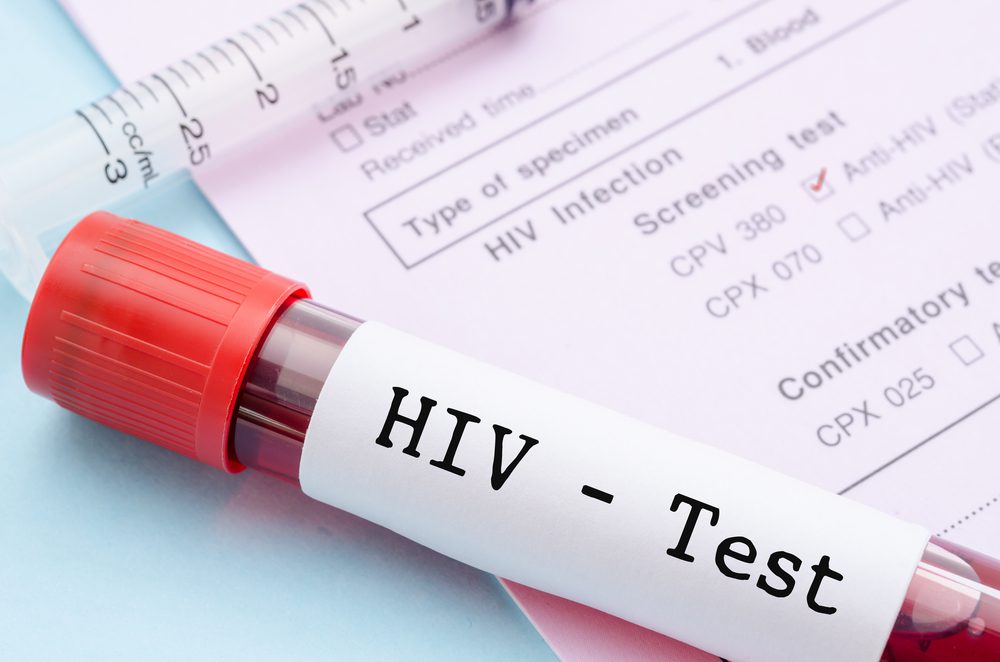Once dismissed as backyard nuisances that needed constant elimination, wild plants like dandelion, purslane, and chickweed are now being celebrated on gourmet restaurant menus and trending across social media wellness feeds. Welcome to the era of rewilding the plate, where humble foraged “weeds” are stepping into the spotlight as nutritional powerhouses.
The shift represents a complete reversal in how we think about wild plants. What previous generations saw as signs of an unkempt yard, modern food enthusiasts recognize as free, nutrient-dense superfoods growing right outside their doors without any human intervention or environmental cost.
This isn’t just a trendy food movement, it’s a fundamental reconsideration of our relationship with the natural world and our understanding of what constitutes valuable food. The plants we’ve been systematically destroying may actually be more nutritious and sustainable than anything we can buy at the grocery store.
Wild plants develop superpowers through survival stress
These wild greens aren’t just resilient, they’re nutritional goldmines that put most cultivated vegetables to shame. Take purslane, a succulent weed that grows in sidewalk cracks and garden beds. This humble plant contains more omega-3 fatty acids than most farmed greens and many fish, making it one of the richest plant-based sources of these essential nutrients.
Dandelion leaves, those jagged greens that homeowners spend fortunes trying to eliminate, are loaded with vitamin A, calcium, potassium, and gut-friendly fiber. A single cup of dandelion greens provides more vitamin K than most people get in an entire day, plus significant amounts of vitamins C and E.
The secret to wild plants’ nutritional superiority lies in their survival strategy. Unlike pampered farm crops that grow in controlled conditions with regular watering and fertilization, wild plants must develop high levels of protective compounds to survive drought, temperature extremes, and pest attacks. These survival compounds become concentrated nutrients and antioxidants that benefit human health.
Chickweed, another common garden “weed,” contains more vitamin C than many citrus fruits, plus significant amounts of vitamins A and D, calcium, magnesium, and potassium. The plant’s ability to thrive in poor soils and harsh conditions means it develops dense concentrations of minerals and protective compounds.
Fine dining embraces the wild food revolution
Upscale restaurants are leading the charge in legitimizing foraged foods, with chefs incorporating wild ingredients into sophisticated dishes that challenge diners’ preconceptions about weeds. Menus now feature “rewilded” salads with multiple wild greens, sautéed lambsquarters that rival spinach, and nettle soups that deliver complex, earthy flavors.
These wild ingredients bring unique taste profiles that cultivated vegetables simply can’t match. Wild garlic offers more complex flavor than its domestic cousin, while wood sorrel provides a lemony tartness that brightens salads without any citrus. Wild mushrooms, berries, and greens each contribute distinct flavors that add depth and interest to dishes.
The sustainability angle appeals to environmentally conscious chefs who want to reduce their restaurants’ carbon footprints. Foraged ingredients require no transportation, packaging, or industrial agriculture inputs, making them the ultimate local, seasonal ingredients.
High-end restaurants are also partnering with professional foragers who understand local ecosystems and can sustainably harvest wild ingredients without damaging plant populations or habitats.
Social media democratizes foraging knowledge
Urban foragers and food content creators are posting detailed tutorials on identifying, harvesting, and preparing wild edibles, making foraging knowledge accessible to people who never learned these skills from family or community elders. Instagram and TikTok are filled with videos showing how to properly identify common edible weeds and transform them into delicious meals.
This digital sharing of traditional knowledge is creating a new generation of urban foragers who see city parks, vacant lots, and even their own yards as potential food sources. The movement combines ancient wisdom with modern communication tools to spread practical skills that were nearly lost.
Food bloggers and wellness influencers are showcasing creative recipes that make wild foods appealing to mainstream audiences. Dandelion pesto, purslane smoothies, and chickweed salads are becoming popular ways to incorporate these nutrient-dense plants into modern diets.
The online foraging community also emphasizes safety and sustainability, sharing guidelines for responsible harvesting and proper plant identification to prevent accidents and environmental damage.
Multiple cultural forces drive the wild food trend
Climate awareness is making people more conscious of food production’s environmental impact, and wild foods represent the ultimate sustainable option. These plants require no irrigation, fertilizers, pesticides, or transportation, making them carbon-negative food sources that actually benefit local ecosystems.
Food inflation has made grocery shopping increasingly expensive, while free food growing wild becomes more appealing. When organic vegetables cost premium prices, finding equivalent nutrition for free in your backyard suddenly makes economic sense.
The movement toward ancestral and traditional eating patterns has people looking beyond industrial agriculture for more natural food sources. Many cultures have long traditions of eating wild plants, and younger generations are rediscovering these practices as part of broader wellness movements.
Growing distrust of industrial food systems and their environmental and health impacts drives interest in alternatives that bypass corporate agriculture entirely. Wild foods represent complete independence from industrial food production.
Safety and sustainability require education and respect
Not every wild plant is safe to eat, and proper identification is absolutely crucial before consuming any foraged material. Some common plants are toxic or can be easily confused with poisonous look-alikes, making education essential for safe foraging.
Beginners should start with easily recognized, safe edibles like dandelions, plantain, and clover while learning from experienced foragers or taking guided foraging walks. Many communities offer foraging classes that teach both identification skills and sustainable harvesting practices.
Sustainable harvesting means taking only what you need while leaving enough plant material for regeneration and wildlife food sources. Responsible foragers follow the “rule of thirds,” taking no more than one-third of any plant population and avoiding rare or sensitive species entirely.
Location matters enormously for safe foraging. Plants growing near roads, industrial sites, or treated lawns may contain harmful chemicals, while those in pristine natural areas are more likely to be safe for consumption.
Wild foods challenge our definition of valuable nutrition
The foraged food movement reveals how disconnected modern society has become from natural food sources and how narrow our definition of “food” has become. Many of the most nutritious plants on Earth are classified as weeds simply because they grow without human control.
This shift in perspective extends beyond individual nutrition to broader questions about food security, environmental sustainability, and community resilience. Communities that understand their local wild food resources are more self-sufficient and less dependent on vulnerable supply chains.
Wild foods also offer genetic diversity that commercial agriculture lacks. While supermarkets offer perhaps a dozen types of leafy greens, local ecosystems may contain dozens of edible wild plants, each with unique nutritional profiles and flavors.
The trend toward wild foods represents a return to food systems that worked sustainably for thousands of years before industrial agriculture created our current environmental and health challenges.
The future of food grows wild and free
Foraged weeds are no longer signs of neglect, they’re symbols of resilience, health, and sustainability that offer solutions to multiple modern problems simultaneously. As climate change, food inflation, and environmental degradation make industrial agriculture increasingly problematic, wild foods provide alternatives that are both more sustainable and more nutritious.
The rewilding movement suggests a future where food production works with natural ecosystems rather than against them, where the most valuable crops are those that require no human inputs and provide multiple ecological benefits while feeding people.
In 2025, the new superfoods aren’t imported from distant countries or created in laboratories, they’re growing wild just outside your door, waiting to be recognized for their true value. The challenge isn’t finding these nutritional powerhouses, it’s learning to see them as food rather than weeds.
This transformation in perspective may be one of the most important shifts in how we think about food, sustainability, and our relationship with the natural world that has occurred in generations.

